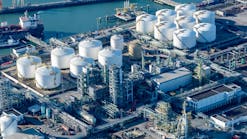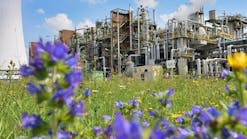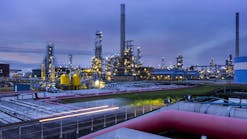Emission reductions under way at Moscow refinery
Russian oil producer JSC Gazprom Neft is upgrading process furnaces and switching completely to gas from liquid fuels in an effort to reduce emissions at its 12.15 million tonne/year Moscow refinery.
The project, which involves the installation of furnaces and renovation of existing ones, will enable the refinery to increase furnace efficiency to 90%, while the increase in equipment efficiency will reduce sulfur dioxide emissions from the plant by more than 95%, Gazprom Neft said in a release.
Gazprom Neft also plans to optimize the refinery’s heat exchange system, which will support an 8-16% reduction in fuel consumption by the plant’s modernized units, the company said.
The emission reductions project comes as part of the company’s renovation and modernization program at the Moscow refinery over 2013-20 (OGJ Online, Dec. 2, 2013).
Since modernization of the plant began in 2010, the volume of sulfur dioxide emissions from the refinery has been reduced by 20% overall amid a change in the blend composition of fuels used to power plant processes as well as a reduction in the sulfur content of combusted fuel to 1.6% from a previous 3%, Gazprom Neft said.
Gazprom Neft completed the first stage of the Moscow refinery modernization in July 2013 with the start-up of catalytic cracking and light-naphtha isomerization units that enabled the plant to begin production of gasoline meeting low-sulfur Euro 5 standards (OGJ Online, July 19, 2013).
The cat cracker, with an associated hydrotreating unit, cost $177 million to build and has a capacity of 1.2 million tpy. The $338-million isom unit’s capacity is 650,000 tpy.
The refinery earlier started production of Euro 5 diesel after the company rebuilt a diesel hydrotreater and added a hydrotreatment unit (OGJ Online, June 3, 2013).
Gazprom Neft said it expects to have spent more than $4 billion by 2020 on the modernization program, the next stage of which will include projects to improve refining yield and increase production of light oil products.
The company intends the modernization program to increase overall design capacity of the refinery to 18.15 million tpy from 12.15 million tpy (OGJ Online, May 7, 2013).


